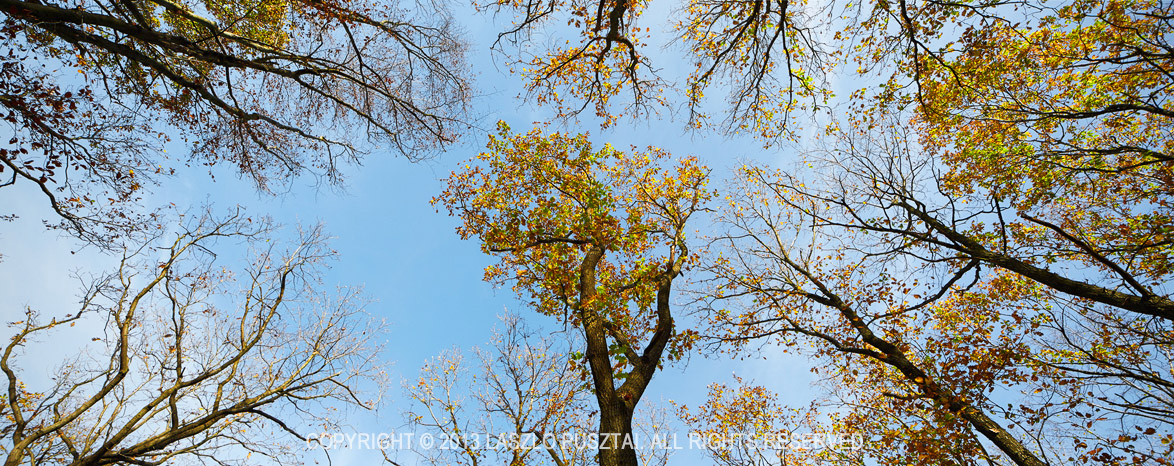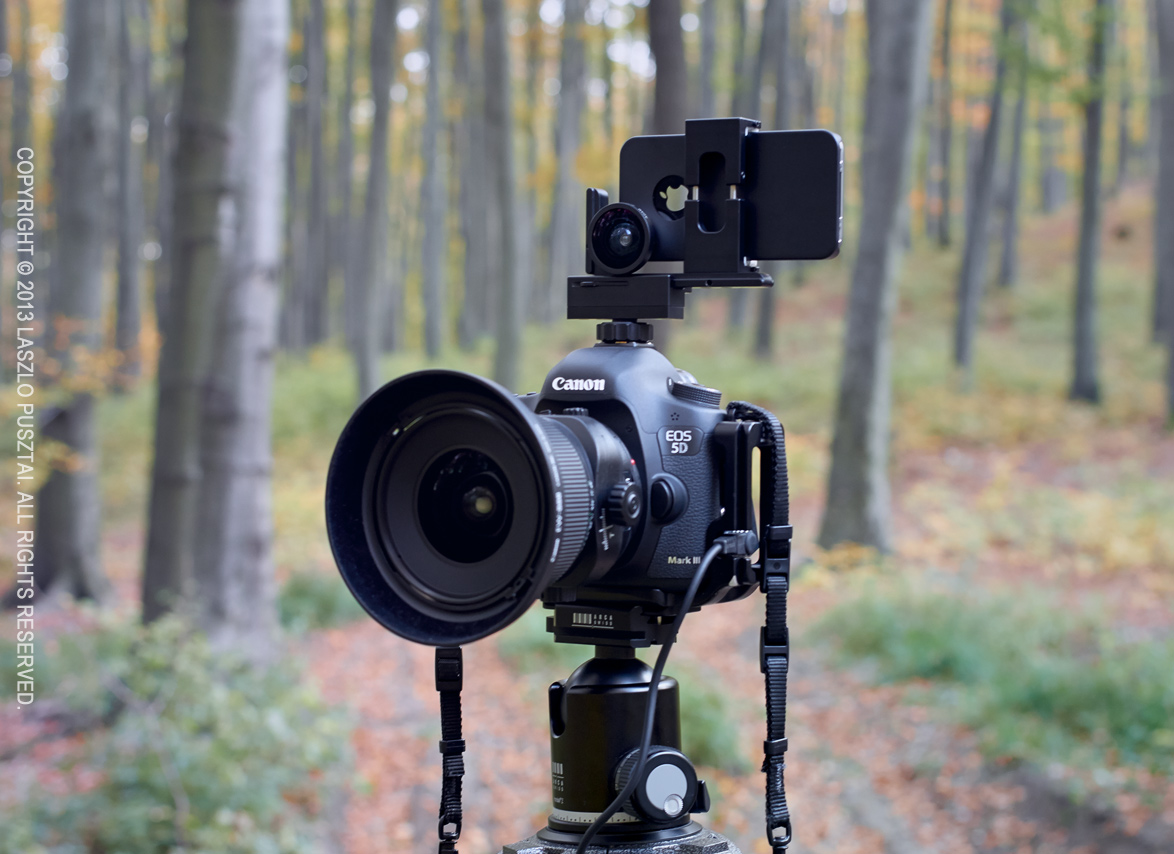I love the 5:2 aspect ratio. And I dislike the majority of the “trees from below” kind of images. But this afternoon I was unable to resist the temptation to turn my pano shooting rig upwards – the scene was simply too graphic to ignore.

The Circle
And like all of my 5:2 images, this one really shines on a 40 cm x 1m print.








